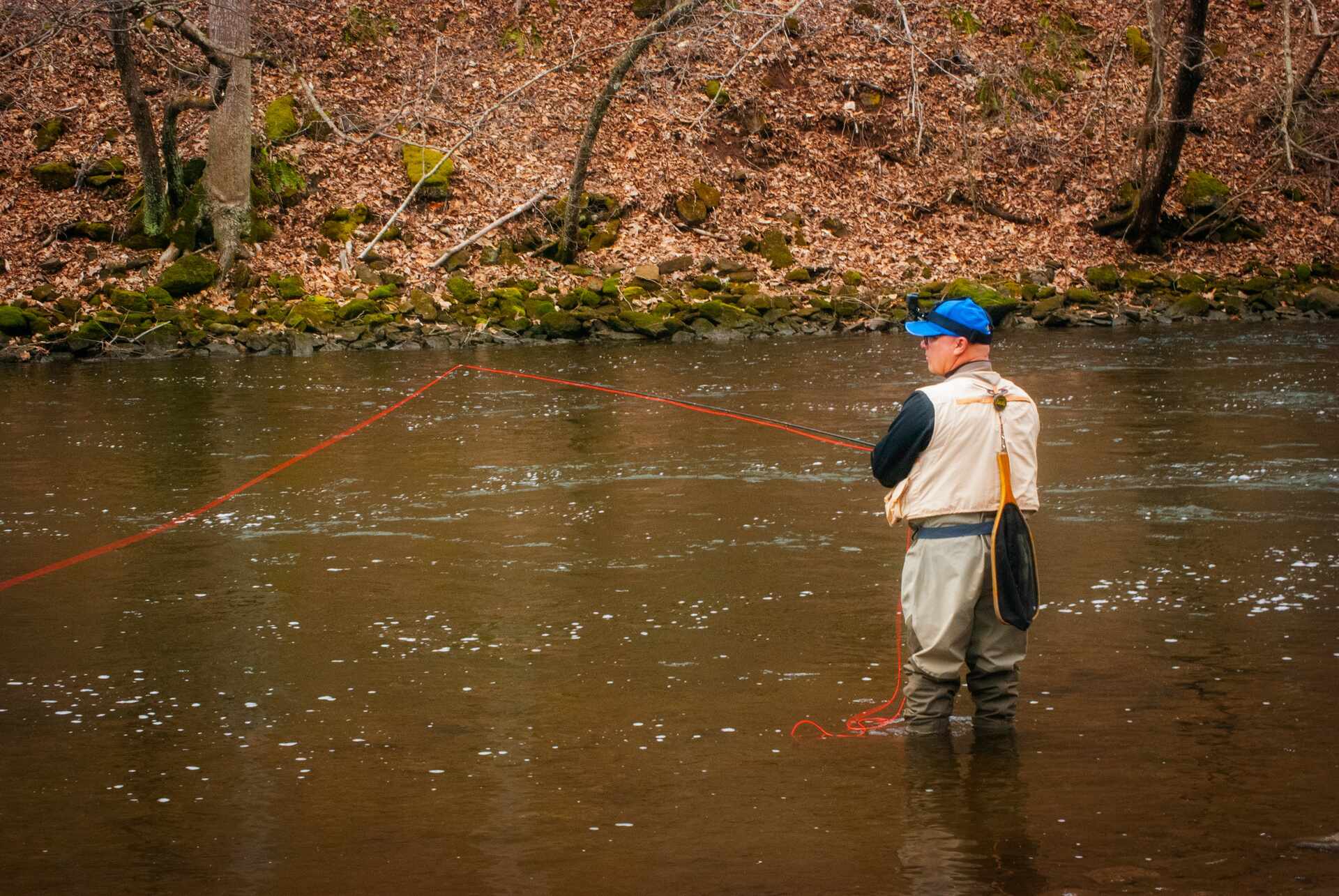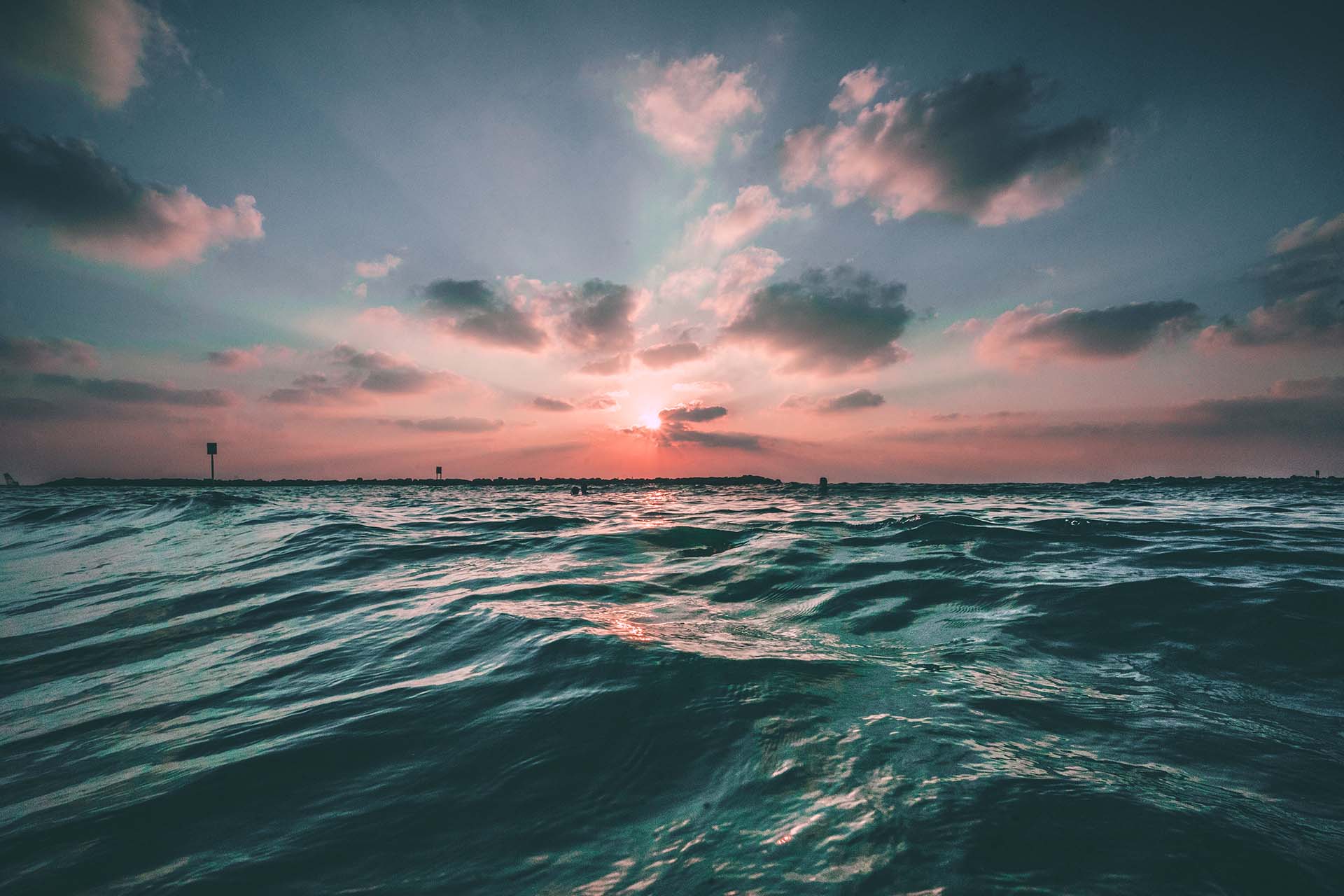Embark on an exhilarating journey into the world of freshwater fishing with our comprehensive angler’s guide, focused on the elusive and highly sought-after black bass. It holds the title of North America’s most favored game fish, with close to 10 million anglers annually reporting successful catches of this species. Whether you’re a seasoned angler or just starting out, prepare to enhance your fishing skills and embrace the thrill of the catch.
Decoding Black Bass – Species and Characteristics
The allure of catching this fish lies not only in the thrill of the catch but also in the diversity and complexity of the species themselves. Let’s take a closer look at the distinctive traits and characteristics that make these species a coveted target in freshwater environments. Understanding the nuances of these species is the first step toward mastering the art of angling.
Diverse Members of the Black Bass Family
Within the realm of these species, anglers find a tapestry of species, each with its own allure and challenges. Dominating the waters are the largemouth and smallmouth bass, renowned for their spirited fights and the distinct habitats they thrive in. The largemouth, with its gaping mouth and robust body, prefers the still, vegetated waters where it can ambush prey.
In contrast, the smallmouth, sporting a more streamlined physique, is drawn to the cooler, flowing streams where it can leverage the current. Beyond these, the family includes lesser-known yet equally fascinating species like the spotted and Guadalupe bass, each contributing to the rich biodiversity and complexity of the black bass family.

Habitats and Behaviors of Black Bass
The natural habitats of this species are as varied as the species themselves, ranging from the shadowy depths of northern lakes to the sun-drenched rivers of the south. For example, the Smallmouth bass habitat differs from the one of largemouth. These environments play a crucial role in shaping the behaviors and adaptations of this fish. Here’s the table with all the info you need to know.
| Largemouth | Smallmouth | |
|---|---|---|
| Preferred Habitat | Submerged vegetation or downed trees | Rocky outcrops and swift currents of riverine systems |
| Hunting Strategy | Ambush prey from cover | Use protection and feeding advantages of current and structure |
| Importance for Anglers | Influences bait selection, fishing location, and technique | Influences bait selection, fishing location, and technique |
| Seasonal Behaviors | Seasonal migrations and spawning affect when and where they are most accessible | Seasonal migrations and spawning affect when and where they are most accessible |
| Insight for Anglers | Offers insight into the optimal times and conditions for fishing | Offers insight into the optimal times and conditions for fishing |
Explore Some of the Best Strategies for Catching This Species
If you want a successful day at the water, you’ll need a strategic approach tailored to these formidable freshwater fighters. Anglers should be equipped with the essential strategies, Bass fishing gear, and advanced techniques necessary for targeting this species. Whether you’re aiming to outsmart a cunning Largemouth or battle the tenacious pull of a Smallmouth, the insights provided here will sharpen your skills and elevate your angling game.
What Is the Essential Gear for Targeting Black Bass?
The foundation of any successful angling endeavor lies in the selection of appropriate gear. The right combination of rods, reels, lines, and lures can make a significant difference in your angling experience and success rate.
- Rods – Opt for a medium-heavy rod that offers a good balance of sensitivity and strength, allowing you to feel the bite and adequately handle the fish’s fight. A rod length of 6.5 to 7 feet is versatile for both casting and control.
- Reels – A baitcasting reel is preferred for its accuracy and ability to handle heavier lines and lures, which is ideal for Largemouth Bass. However, a high-quality spinning reel is also suitable, especially for Smallmouth Bass angling in rivers with lighter lures.
- Lines – The Fluorocarbon line is a great choice due to its low visibility underwater and good sensitivity, allowing anglers to detect subtle bites. A line strength of 8-20 pounds can handle most situations, depending on the cover and size of the bass targeted.
- Lures – Lure selection is vast, but some proven choices include plastic worms or creatures for bottom bouncing, crankbaits for depth variation, spinnerbaits for cover-heavy areas, and topwater lures for early morning or late evening when bass are most active.
Advanced Bass Fishing Tips and Techniques
Imagine perfecting the art of casting with such precision that your lure lands silently, right where the elusive lurk, dramatically increasing your chance for a strike. Envision selecting the perfect lure, so closely mimicking the bass’s natural prey that it proves irresistible, regardless of the season or water condition.
You’ll be at the advantage of knowing the exact time when bass becomes most active, using the subtle cues of light and temperature to your benefit. And think of the edge you gain by reading the water like a seasoned pro, identifying the prime spots where the fish await. Together, these smallmouth and largemouth bass techniques and strategies not only enhance your angling success but also deepen your connection to the sport and the natural world it immerses you in.

Be Aware of Fishing Conservation and Angling Ethics
In the pursuit of the elusive black bass, the importance of conservation and ethical angling practices should not be overstated. As anglers, we are stewards of the waterways and the species that inhabit them, playing an essential role in ensuring the sustainability of this species for future generations.
By understanding the impact of our activities and adopting responsible angling practices, we can contribute to the preservation of black bass and the ecosystems they thrive in. It also ensures this beloved sport continues to flourish.
The Impact of Fishing on Black Bass Populations
Angling, while a recreational activity enjoyed by many, carries significant ecological implications for black bass populations. Overfishing, habitat destruction, and environmental changes can severely affect these fish, leading to decreased numbers and altered ecosystems.
Consequently, conservation efforts have become a must in mitigating the negative impacts of fishing and preserving the delicate balance of aquatic ecosystems. By implementing regulations, such as size and bag limits, and promoting habitat restoration projects, we can help ensure the health and longevity of populations. Understanding and minimizing our ecological footprint is not just a responsibility but a necessity for the sustainability of the sport and the well-being of our waterways.
Promoting Sustainable Fishing Practices
Sustainable fishing practices are the cornerstone of conserving these species and their habitats. Catch-and-release bass fishing, when done correctly, is a powerful tool in conservation efforts, allowing anglers to enjoy the pursuit of black bass while minimizing harm to the fish. Employing proper handling techniques ensures that released fish have the best chance of survival, contributing to the overall health of the population.
Adhering to local fishing regulations is equally crucial, as these guidelines are designed to protect fish during vulnerable times, such as spawning seasons, and prevent overfishing. Anglers can also play a proactive role in conservation by participating in habitat clean-up efforts and supporting initiatives aimed at improving aquatic environments.
The Black sea bass serves as a prime illustration of the positive impact sustainable seafood practices can have on fish populations. Once deemed overfished, this prevalent offshore species has made a remarkable recovery thanks to the implementation of size limits and quotas. The Atlantic States Marine Fisheries Commission and Mid-Atlantic Fishery Management Council recommended the conservation of black sea bass fishing.

The Culinary World of Black Bass
The journey from the serene waters to the bustling kitchen unveils the culinary delights of a fish renowned not only for its sporting qualities but also for its exceptional taste and nutritional benefits. From the thrill of the catch to the art of culinary preparation, this species stands out as a versatile and nutritious ingredient in the culinary world. Let’s discuss the health benefits of incorporating them into your diet and explore a variety of recipes and cooking techniques.
Preparing Black Bass – Nutritional Benefits and Recipes
Black Bass, encompassing species such as Largemouth and Smallmouth, offers a lean source of protein, rich in essential omega-3 fatty acids, vitamins, and minerals, making it an excellent addition to a healthy diet. Its firm flesh holds up well to a variety of cooking methods, from grilling and frying to baking and broiling, allowing for diverse culinary exploration. Here are some recipes to consider:
- Grilled Black Bass with Herb Butter – Marinate filets in olive oil, garlic, and lemon juice before grilling to perfection. Top with a dollop of herb-infused butter for a melt-in-your-mouth experience.
- Baked Black Bass With Vegetables – Create a healthy, one-pan dinner by baking it on a bed of seasonal vegetables, seasoned with herbs and a splash of white wine.
- Black Bass Ceviche – For a refreshing option, marinate raw, diced filets in lime juice with onions, cilantro, and jalapeños, serving chilled with avocado and crispy tortillas.
From Catch to Kitchen – Tips for Cooking Black Bass
To truly savor the exquisite flavors and nutritional benefits of black bass, mastering the art of proper preparation is essential. Starting with a sharp filet knife, initiate the cleaning and fileting process by making an incision behind the gills, extending down to the backbone, then slicing towards the tail alongside the backbone, flipping the fish to repeat on the other side.
For those who prefer skinless filets, an additional step involves gently separating the skin from the flesh, ensuring a clean cut by keeping the skin taut. Here are some of the cooking techniques you should check out:
- To retain moisture – When grilling or baking, lightly brush the filets with oil to prevent drying out. Cooking in foil packets can also help retain moisture.
- For flavor enhancement – Seasoning is crucial. Don’t underestimate the power of salt, pepper, and lemon to bring out the natural flavors of the fish. For added complexity, consider marinating the filets before cooking or using a spice rub.
- Heat control – This fish cooks quickly, making it important to monitor the heat closely, whether you’re grilling, pan-frying, or baking. The fish should flake easily with a fork when done.

Embarking on the Ultimate Black Bass Fishing Adventure – A Comprehensive Guide
The journey through the fascinating world of black bass fishing offers a comprehensive guide from understanding the diverse species and their unique habitats to mastering advanced angling techniques and contributing to conservation efforts. We’ve explored the essential gear for targeting this species, shared expert insights for enhancing fishing skills, and delved into the culinary delights of preparing and cooking this prized catch.
As we champion sustainable fishing practices, we not only ensure the longevity of the fish populations but also enrich our own fishing experiences. Whether you’re a seasoned angler or new to the sport, this guide serves as a testament to the joys and responsibilities of black bass angling, encouraging all to engage with nature respectfully and to continuously refine their craft for the love of the sport and the environment.







